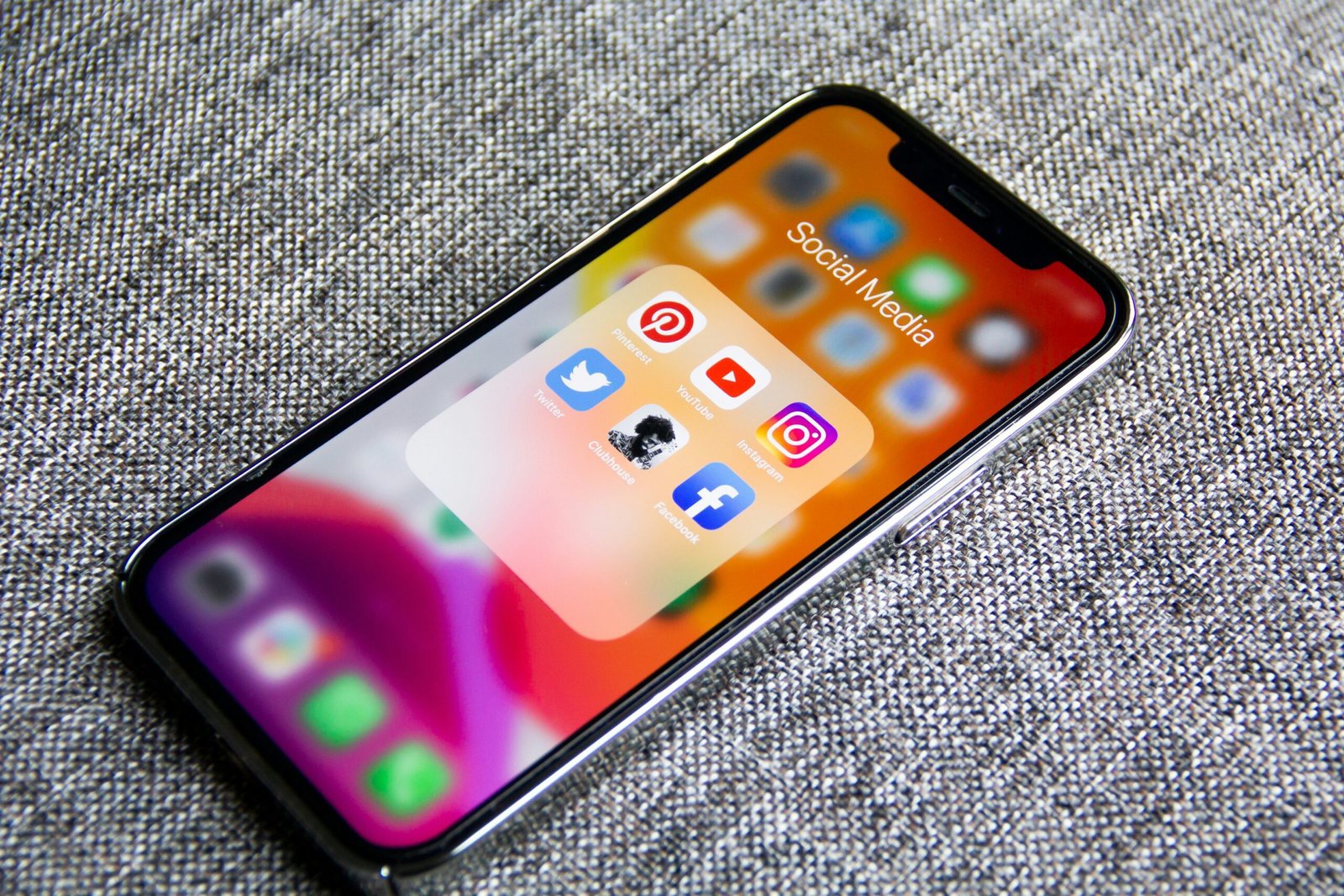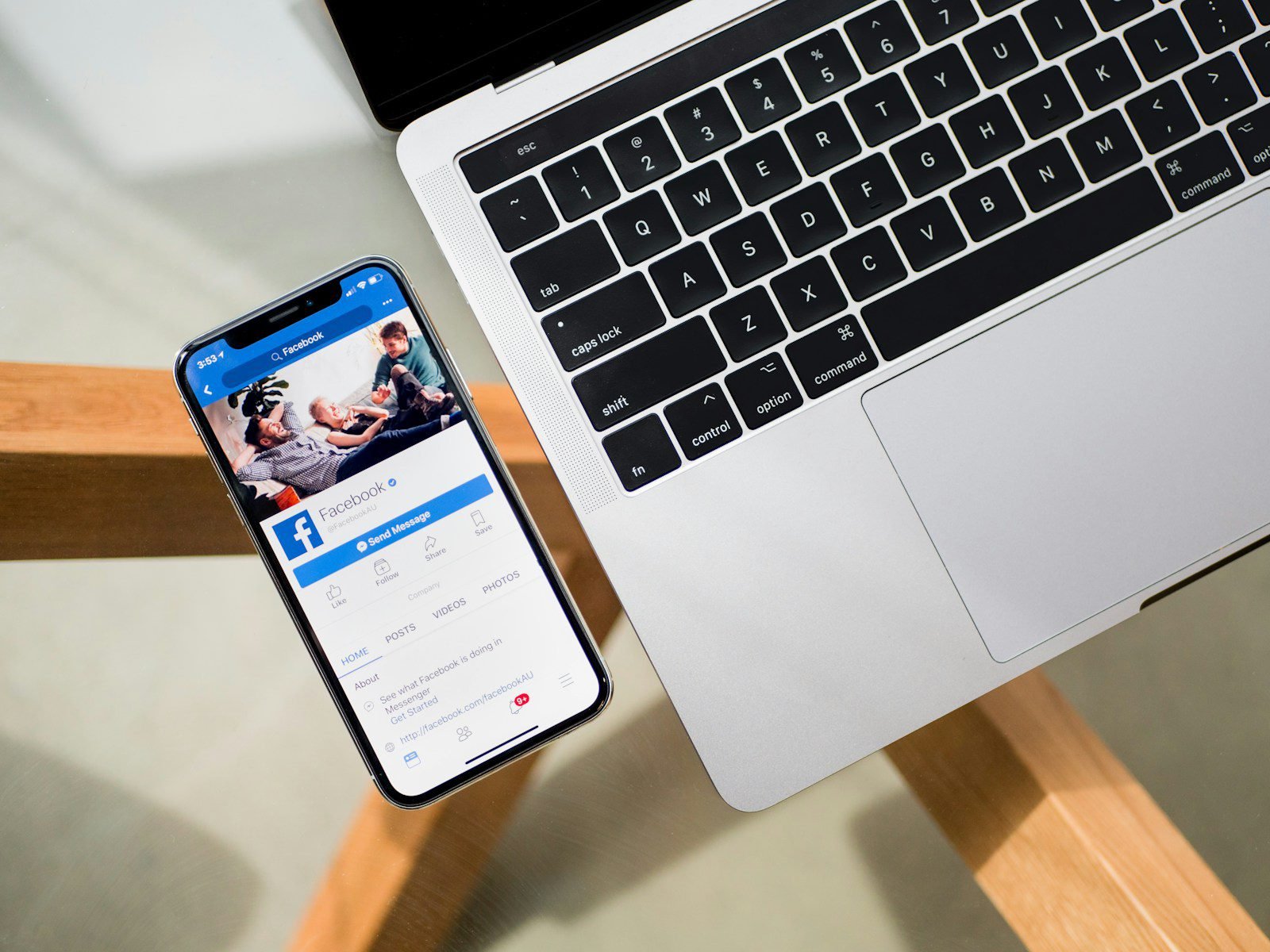Explore some of the most effective and inspiring mobile advertising examples, such as Nike’s ‘Just Do It’ campaign and Coca-Cola’s ‘Share a Coke’ campaign. Learn how these brands leveraged mobile technology and personalization to create memorable brand experiences. Discover the power of mobile advertising in capturing the attention of consumers and connecting with their target audience. Also, find out about Amazon’s ‘AR View’ feature and how it revolutionizes the online shopping experience through augmented reality technology.
Innovative and Inspiring Mobile Advertising Examples
Introduction
Mobile advertising has become an integral part of the digital marketing landscape. With the increasing use of smartphones and mobile devices, advertisers are constantly innovating and coming up with creative ways to capture the attention of mobile users. In this blog post, we will explore some of the most effective and inspiring mobile advertising examples that have made an impact in recent years.
One of the most notable mobile advertising campaigns in recent years is the Nike “Just Do It” campaign. Nike, a global leader in athletic footwear and apparel, has always been at the forefront of innovative marketing strategies. The “Just Do It” campaign aimed to inspire and motivate athletes and fitness enthusiasts to push their limits and achieve their goals.
The mobile advertising campaign consisted of a series of short videos featuring athletes from different sports, showcasing their determination and hard work. These videos were strategically placed across various mobile platforms, such as social media, video streaming apps, and mobile games. By targeting mobile users during their leisure time, Nike was able to reach a wide audience and generate significant engagement.
Another successful mobile advertising campaign that deserves recognition is the Coca-Cola “Share a Coke” campaign. Coca-Cola, a global beverage brand, wanted to create a personalized and interactive experience for its consumers. The “Share a Coke” campaign allowed people to customize Coke bottles with their names or the names of their loved ones.
To promote this campaign, Coca-Cola launched a mobile app that allowed users to virtually share their personalized Coke bottles with friends and family. The app also featured augmented reality technology, enabling users to see their customized bottles come to life in their surroundings. This interactive and immersive experience captivated mobile users and encouraged them to share their personalized Coke bottles on social media, generating a viral effect.
Furthermore, the “Share a Coke” campaign utilized location-based targeting to deliver personalized advertisements to mobile users when they were near a Coca-Cola vending machine or a partner retail store. By leveraging mobile technology and data, Coca-Cola was able to create a seamless and personalized advertising experience for its consumers.
These examples highlight the power of mobile advertising in capturing the attention of consumers and creating memorable brand experiences. As mobile devices continue to dominate our daily lives, advertisers must continue to push boundaries and think outside the box to engage and connect with their target audience.
Coca-Cola’s “Share a Coke” campaign
The success of Coca-Cola’s “Share a Coke” campaign can be attributed to its innovative use of mobile advertising examples and its focus on personalization. By printing popular names on Coca-Cola bottles, the company tapped into the desire for individuality and connection among consumers. This simple act of putting a name on a bottle made the product feel more personal and created a sense of ownership.
But Coca-Cola didn’t stop there. They took the campaign to the next level by launching a mobile app that allowed users to create virtual personalized Coke bottles with their names on them. This not only increased engagement with the brand but also provided an opportunity for users to share their personalized bottles on social media platforms.
The mobile app became a central hub for the campaign, offering various features and interactive elements to keep users engaged. Users could customize their bottles with different designs, colors, and even add personalized messages. The app also included a feature that allowed users to scan the barcodes on physical Coke bottles to unlock exclusive content and promotions.
Through this mobile app, Coca-Cola was able to gather valuable data on consumer preferences and behaviors. They could track which names were the most popular, which designs were the most shared, and even gain insights into how consumers were interacting with the brand on social media.
The “Share a Coke” campaign not only drove sales and increased brand awareness but also created a sense of community among consumers. People started sharing stories and experiences of finding their names or the names of loved ones on Coke bottles. This generated a buzz around the campaign and further amplified its reach.
Overall, Coca-Cola’s “Share a Coke” campaign demonstrated the power of mobile advertising and personalization in creating a memorable and interactive brand experience. By leveraging mobile technology, the company was able to connect with consumers on a deeper level and create a sense of personal connection that extended beyond the physical product.
Nike+ Run Club app
In addition to tracking runs and providing coaching, the Nike+ Run Club app also offers a range of features that enhance the overall user experience. For example, users can set goals and milestones, participate in virtual races, and join challenges to stay motivated and engaged.
One of the key benefits of the app is its ability to connect users with a community of fellow runners. Through the app, users can join running clubs, participate in group runs, and even share their achievements and progress on social media. This not only fosters a sense of camaraderie among users but also helps to strengthen the Nike brand community.
Furthermore, the app’s integration with Nike’s core product offering extends beyond just tracking runs. Users can also browse and purchase the latest Nike running gear directly from the app, making it a convenient one-stop-shop for all their running needs. This seamless integration of product and mobile advertising examples creates a cohesive brand experience that is both practical and engaging for users.
From a marketing perspective, the Nike+ Run Club app provides a wealth of opportunities for targeted advertising. By analyzing the data collected from users, Nike can gain insights into their preferences, interests, and behaviors. This allows the brand to deliver highly relevant and personalized advertisements, such as promoting new running shoes to users who are due for a replacement or offering discounts on running gear to those who have completed a certain number of miles.
Overall, Nike’s “Nike+ Run Club” app serves as a prime example of how mobile advertising can be seamlessly integrated with a brand’s core product offering. By providing a range of features that enhance the user experience and leveraging data to deliver targeted advertising, Nike is able to create a cohesive and personalized brand experience that resonates with its users.
“Live There” campaign by Airbnb
The “Live There” campaign by Airbnb was a groundbreaking initiative that aimed to revolutionize the way people travel and experience new destinations. By focusing on the concept of living like a local rather than a tourist, Airbnb sought to provide travelers with a more authentic and immersive travel experience.
The campaign incorporated a series of captivating short videos that featured real Airbnb hosts in various cities around the world. These videos showcased the hosts sharing their insider knowledge and guiding viewers through unique and off-the-beaten-path experiences. From exploring hidden gems in Paris to sampling street food in Bangkok, the videos provided a glimpse into the lives of locals and encouraged travelers to embrace the culture and lifestyle of their chosen destination.
In addition to the videos, Airbnb launched a mobile app that further enhanced the reach and impact of the campaign. The app allowed users to explore a wide range of local experiences and connect directly with Airbnb hosts. This direct interaction with hosts enabled travelers to gain valuable insights and recommendations, ensuring that their travel plans were tailored to their preferences and interests.
One of the standout features of the app was its personalized recommendations. By analyzing users’ previous bookings and preferences, the app was able to provide tailored suggestions for local experiences that aligned with their interests. Whether someone was interested in food and drink, art and culture, or outdoor adventures, the app had something to offer for every traveler.
The “Live There” campaign by Airbnb was not just about promoting their platform; it was a movement that aimed to change the way people approached travel. By encouraging travelers to step out of their comfort zones and immerse themselves in the local culture, Airbnb sought to foster a deeper understanding and appreciation for different destinations around the world.
McDelivery service
As part of the mobile advertising examples campaign, McDonald’s partnered with popular food delivery apps to expand their reach and ensure that customers could easily access the McDelivery service. By integrating with these apps, McDonald’s was able to tap into a wider customer base and leverage the existing infrastructure of these platforms.
The mobile app itself was designed with a user-friendly interface, making it easy for customers to browse the menu, customize their orders, and track the progress of their delivery. The app also offered exclusive deals and promotions for McDelivery orders, further incentivizing customers to use the service.
One of the key advantages of the McDelivery service is its ability to cater to the evolving needs of customers. With the rise of on-demand services, people have come to expect convenience and efficiency in all aspects of their lives, including food delivery. McDonald’s recognized this trend and capitalized on it by offering a seamless and hassle-free ordering experience.
Moreover, the McDelivery service was not limited to traditional fast-food items. McDonald’s also introduced healthier options and a wider variety of menu choices to cater to different dietary preferences. This expansion of the menu not only attracted new customers but also encouraged existing customers to order from McDonald’s more frequently.
The success of the mobile advertising campaign and the McDelivery service can be attributed to the effective use of data analytics. McDonald’s analyzed customer preferences and behavior patterns to personalize the mobile ads and offer targeted promotions. By understanding their customers better, McDonald’s was able to deliver relevant and timely advertisements, increasing the chances of conversion.
In conclusion, McDonald’s “McDelivery” service is a testament to the power of mobile advertising in driving sales and enhancing customer convenience. Through a well-executed mobile advertising campaign and a user-friendly app, McDonald’s was able to tap into a wider customer base and meet the evolving needs of its customers. The success of the service can be attributed to its seamless ordering experience, expanded menu options, and the use of data analytics to deliver personalized advertisements.
Amazon’s “AR View” Feature
Amazon’s “AR View” feature is a great examples of how mobile advertising can leverage augmented reality (AR) technology to enhance the shopping experience. The feature allows users to visualize how products would look in their own space before making a purchase.
By integrating this feature into its mobile app, Amazon is able to provide a more immersive and interactive shopping experience for its customers. This not only increases customer engagement but also reduces the likelihood of returns and enhances customer satisfaction.
With the “AR View” feature, customers can now see how a piece of furniture would fit in their living room, how a new pair of shoes would look on their feet, or how a new gadget would fit in their hands. This eliminates the guesswork and uncertainty that often comes with online shopping.
Furthermore, the “AR View” feature also allows customers to explore different variations of a product. For example, if a customer is looking to buy a new sofa, they can use the feature to see how it would look in different colors, sizes, and styles. This level of customization and personalization is highly valued by customers and can significantly influence their purchasing decisions.
In addition to enhancing the shopping experience, the “AR View” feature also benefits sellers and manufacturers. By giving customers the ability to visualize products in their own space, Amazon provides a powerful tool for sellers to showcase their products and differentiate themselves from competitors. This can lead to increased sales and brand loyalty.
Moreover, the data collected through the “AR View” feature can provide valuable insights for sellers and manufacturers. By analyzing customer interactions and preferences within the AR environment, companies can gain a deeper understanding of their target audience and tailor their marketing strategies accordingly.
In conclusion, Amazon’s “AR View” feature is a game-changer in the world of mobile advertising. By leveraging AR technology, it enhances the shopping experience, reduces returns, and increases customer satisfaction. It also provides valuable benefits for sellers and manufacturers, allowing them to showcase their products and gain insights into customer preferences. As AR technology continues to evolve, we can expect to see more innovative features like “AR View” revolutionizing the way we shop online.






